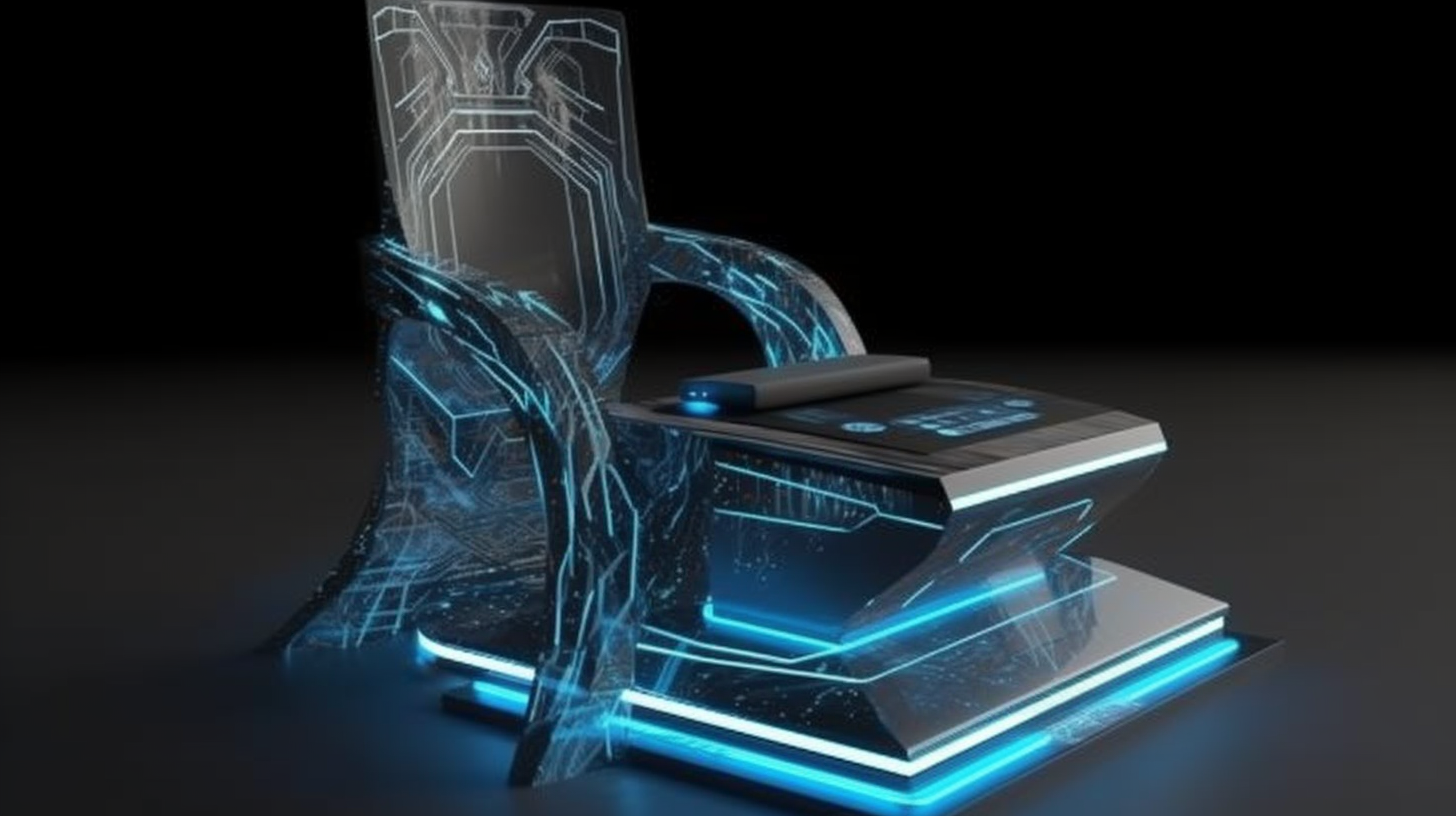Unraveling the Twine: Configuring and Deploying Common Ethernet Switching Features

Believe it or not, Ethernet switching is the Royalty of the networking world, sitting steadfastly on its throne amidst the ever-evolving kingdom of computing. For those preparing for the CompTIA Network+ (N10-008) exam, mastering this significant topic is admittedly, as important as the ace up a poker player's sleeve. But fret not, dear reader, this article is your faithful knight in digital armor, aiming to vanquish the dragon of ambiguity surrounding Ethernet switching features. We'll unfurl the intricacies of configuring and deploying these common features, weaving through the convoluted yet exhilarating labyrinth of data packets, addresses, and frames. Buckle your seatbelts, as we commence this thrilling intellectual joyride!
Understanding Ethernet Switching
But first things first, let's clear the murky waters before we dive deeper. An Ethernet switch functions like a dutiful traffic cop amidst the bustling highway of data packets. It ensures each packet finds its way home - the appropriate network device – efficiently and accurately. Picture a diligent mailman, making certain every letter reaches its intended address, only in the blink of an eye!
Essentially, when data is transferred across networks, our trustworthy Ethernet switch breaks down this data into frames. Each frame is enveloped with the sender's and receiver's Media Access Control (MAC) addresses, acting as postal codes in our mailman analogy. The switch then scrutinizes these addresses, deciding which pathway, or port, the frame should tread. By directing traffic effectively, Ethernet switches minimize data collisions, ensuring a smooth, efficient, and reliable data communication.
Configuring and Deploying Ethernet Switches
Now, hold your horses before we dive into the specifics of configuring and deploying Ethernet switches. This is not a process that you can wing by the seat of your pants. It requires meticulousness and robust technical know-how. Yet, with a clear understanding and the right approach, even this herculean task transforms into child’s play.
A crucial first step is setting the IP address and subnet mask of the switch. This aids in managing the switch for tasks such as troubleshooting and monitoring. Additionally, enabling the Secure Shell (SSH) protocol ensures secure remote management, gaining it brownie points in the realm of network security.
Deploying Ethernet switches is a tad more complex, with various factors to consider. Be it selecting the apt location for minimal cable clutter, or ensuring sufficient network capability for connected devices, attention to the minutia is paramount. You even need to verify adequate ventilation to prevent overheating, ticking off another task from this seemingly endless checklist. But remember, 'the devil is in the details', and these details actively guarantee the seamless function of your network.
The Powerful Play of Statistics
Now, we're switching gears and diving straight into some number crunching. Who doesn't love a good measure of success, especially when it sweetens the deal of technical prowess with concrete proof? Folks, we're moving onto the exciting realm of statistics. Stick with us, we're promising a ride more thrilling than it sounds!
Despite all odds, Ethernet switches have not just survived, they have flourished in the networking industry. A 2020 survey by Spiceworks reveals that a massive 97% of organizations across North America and Europe actively depend on Ethernet switches for their networking requirements. This highlights the importance and relevance of mastering Ethernet switching. Moreover, this justifies the focus on this topic in the CompTIA Network+ (N10-008) exam. You're not just aiming to ace the test, folks. This knowledge prepares you to confidently and competently navigate the networking industry, boosting your IT career.
Another compelling statistic relates to Ethernet speed. Have you noticed how Ethernet speed has catapulted from a modest 10Mbps in the 1990s to a jaw-dropping 400Gbps today? It's akin to comparing a horse-drawn carriage with a bullet train – a genuine quantum leap, indeed! Hence, the constantly evolving Ethernet technology propels you to keep updating your knowledge, fostering lifelong learning in this field. Therefore, gaining a grip on Ethernet switching isn't merely for the exam – it's your launchpad to a successful networking career.
In conclusion, any network professional needs to master the critical skill of configuring and deploying common Ethernet switching features. Regardless of whether you're a newbie entering the world of networking or an experienced pro sharpening your skills, a deep dive into Ethernet switching forms the foundation for understanding network management. So, buckle down, explore deeply, and remember to have fun along the journey, because, as Albert Einstein wisely stated, 'The more you learn, the more you realize how much you don't know.' Happy learning!